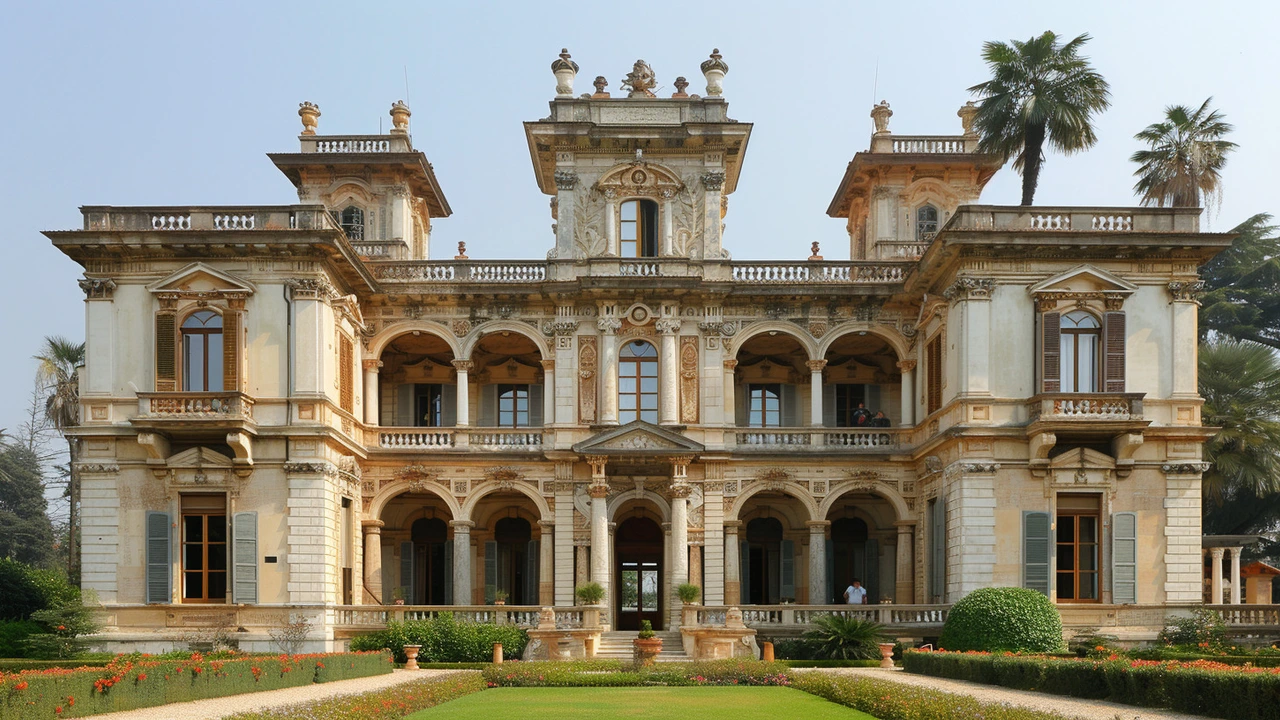Global Cities: Where Art and Architecture Shape Everyday Life
Want to understand a city fast? Look at its buildings, streets, and public places. Global cities pack centuries of styles into tight spaces, so you can go from Roman arches to glass towers in one walk. That mix tells you about money, power, taste, and how people live.
What makes a city "global"? Think beyond skyline photos. Global cities host major finance, big transport links, world-class museums, and diverse populations. They also export ideas — architects, artists, and planners who set trends travel between these hubs and change how other places look. When you visit, that influence shows up in government buildings, theaters, and even neighborhood row houses.
Architecture in global cities is a timeline you can read. In Rome you'll find ancient concrete and aqueduct logic; in Istanbul, domes and mosaics linking East and West; in Paris, Beaux-Arts symmetry and Art Nouveau flourishes; in New York, gritty loft conversions next to sleek glass towers. Spotting those layers helps you hear the city's story without a guidebook.
How to Read a City Like a Local
Start small. Pick a single block and notice materials: stone, brick, metal, glass. Older centers often use heavy stone and narrow streets; newer business districts favor glass and wide boulevards. Check details — cornices, rooflines, doorways — they reveal the era and the original purpose of a building. Look up at facades; the ornament tells you more than a plaque ever will.
Walk the edges. The boundary between old and new is where change shows most clearly: restored warehouses turned creative spaces, or a classical bank now housing a tech startup. Those transitions show how a city adapts. Visit a museum or local planning office website to get quick context — many offer short histories or timelines that make what you see make sense.
Practical Tips for Short Visits
If you’ve got just one day, pick a theme — domes, markets, or public squares — and follow that thread. Use public transit to cover more ground; subway stations often reflect the design priorities of the era they were built. Take photos focused on details rather than whole buildings; details are easier to compare later and reveal hidden patterns.
Want deeper reading after a trip? Start with focused articles: Ancient Roman Architecture for engineering and monuments, Beaux-Arts for grand civic design, or Byzantine and Gothic Revival to see how religion and identity shaped forms. Each piece helps you connect a building you saw to the bigger trends that created it.
Global cities change fast, but they keep their fingerprints. Once you learn to read materials, scale, and ornament, you’ll spot a city’s influences anywhere. Walk, look, and let buildings tell you which stories mattered most.

The Majestic Presence of Italianate Architecture in Global Cities
Well, folks, let me tell ya, there's this whole world of architecture out there that's got more flavor than an Italian grandma's Sunday gravy - it's Italianate architecture! Picture this: you're strolling down the streets of your favorite global city, and suddenly, you're met with a beautiful building that screams more Italian charm than a gondolier in Venice. You know, the kind with the ornate detailing, symmetrical shapes, and low pitched roofs. Yup, that's Italianate architecture, and it's making a big, bold, and beautiful statement across the globe. So, next time you're on a city adventure, keep an eye out for these Italian beauties; they’re the architectural equivalent of a fine Chianti in a world of boxed wines!
Read more